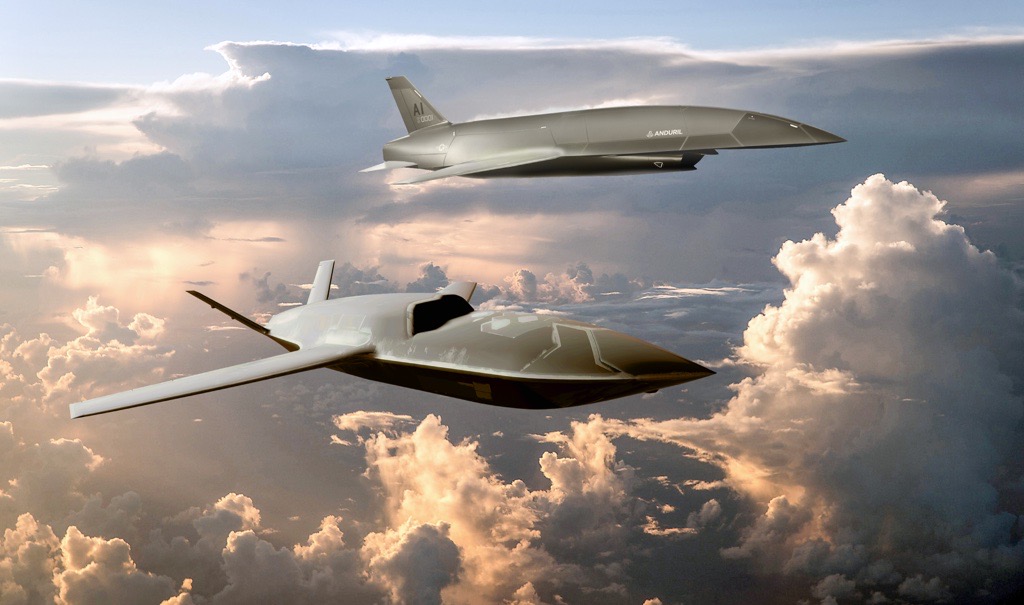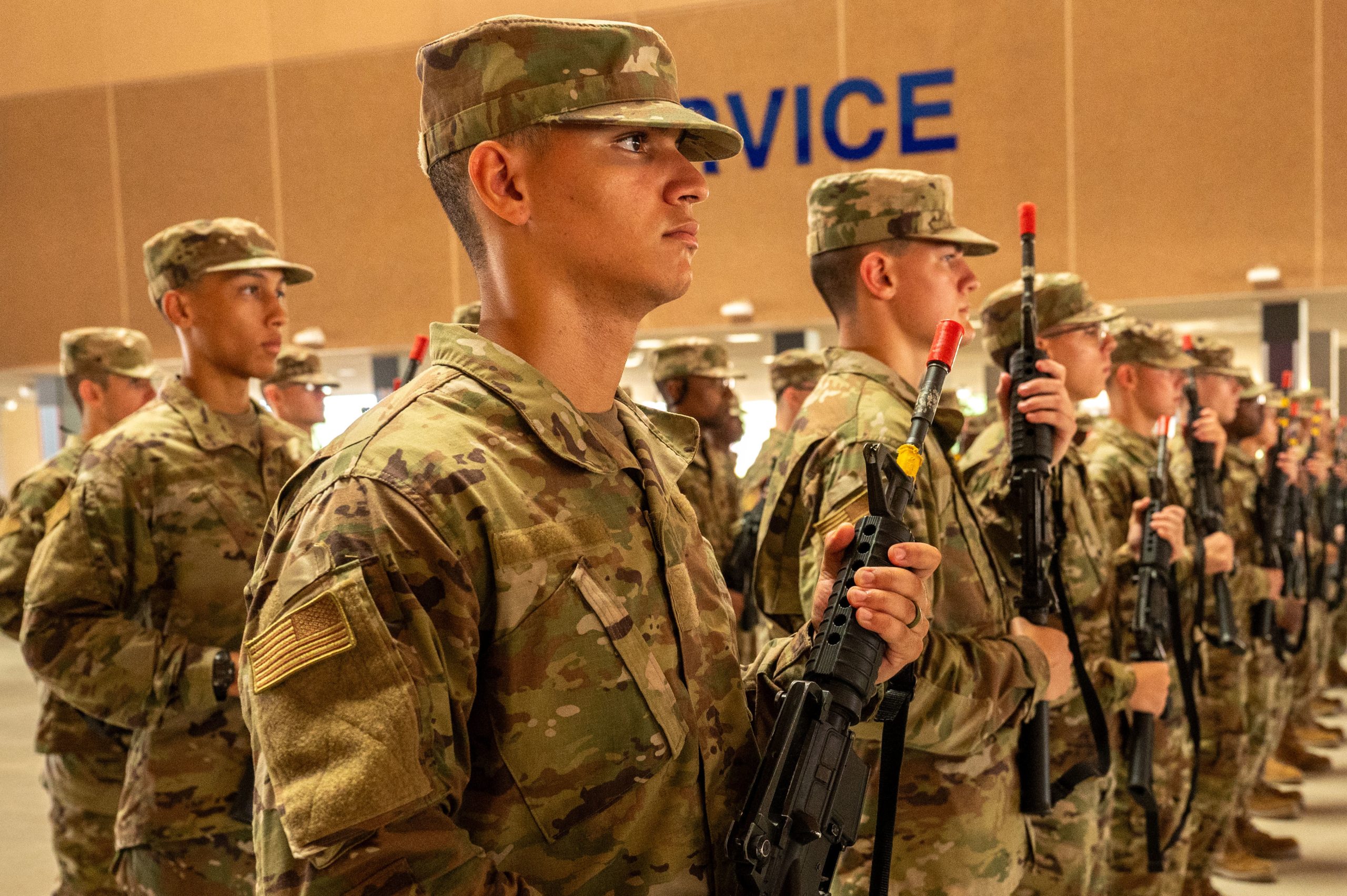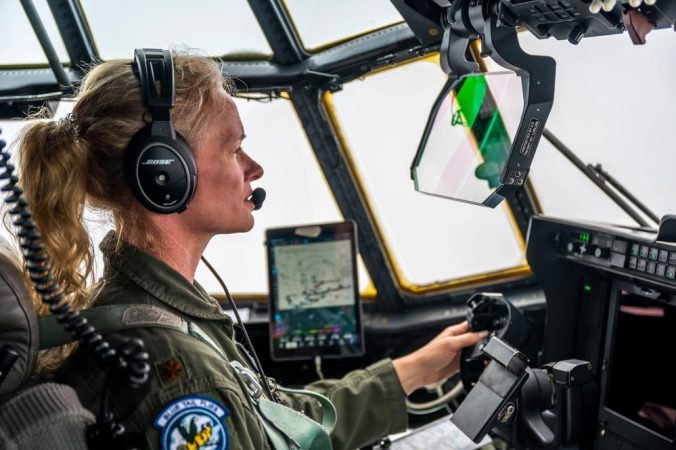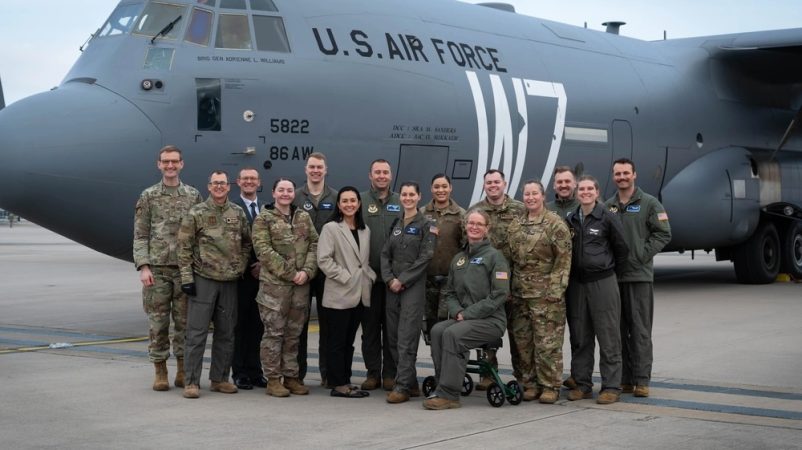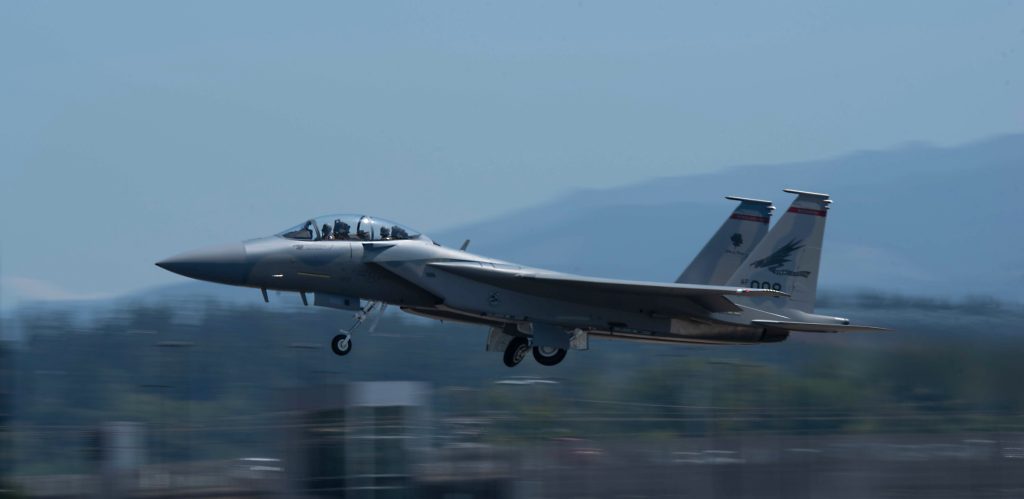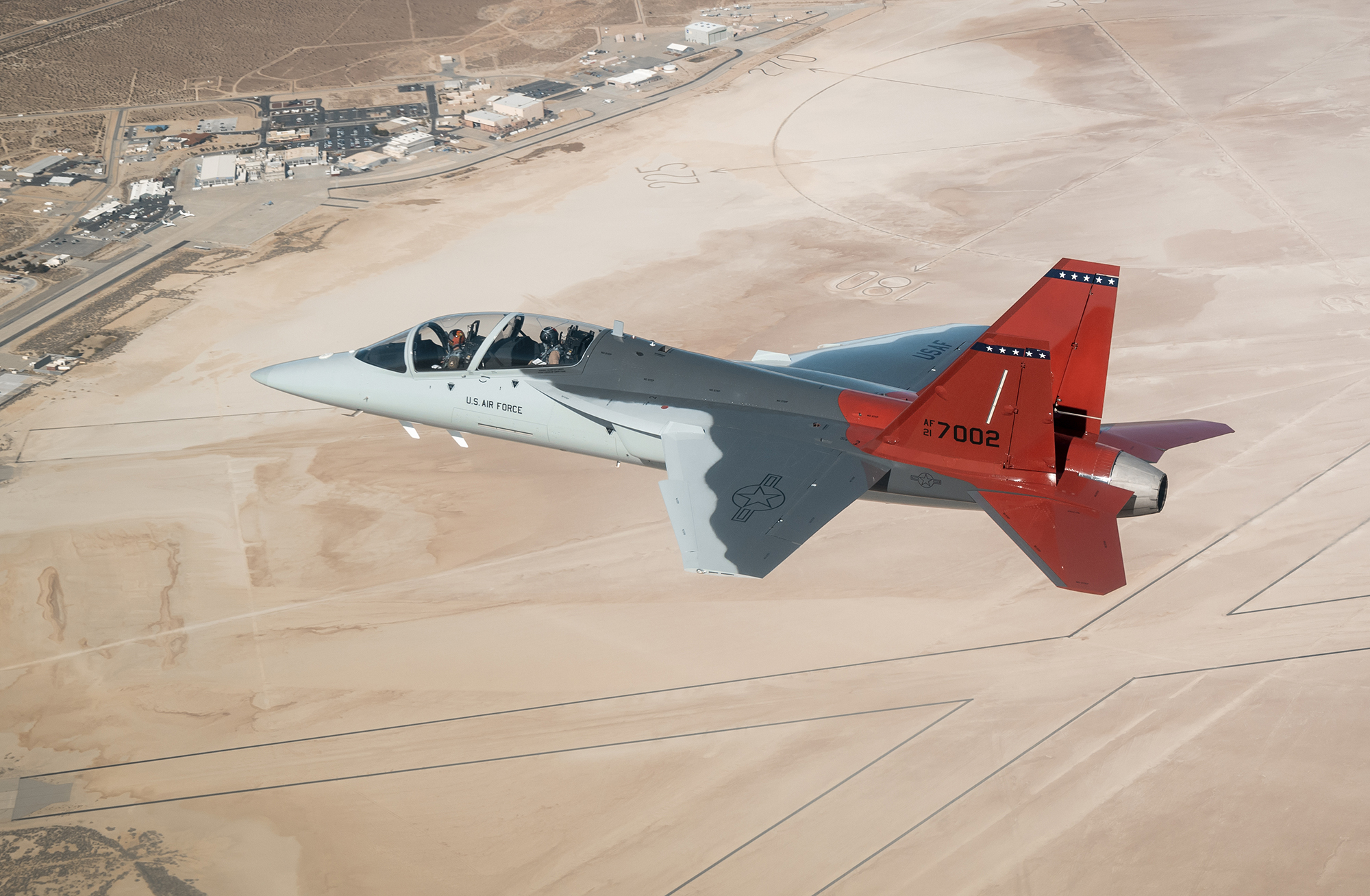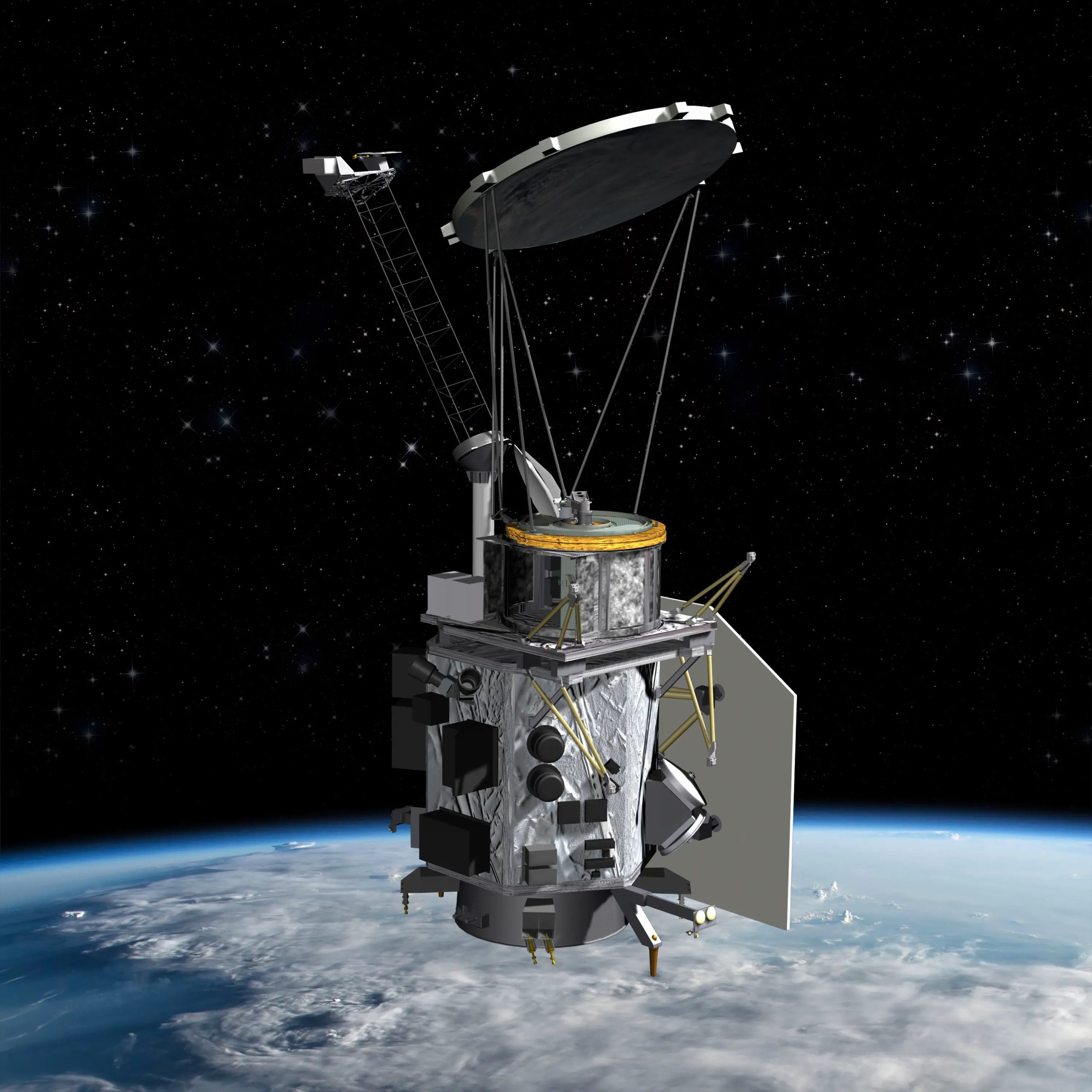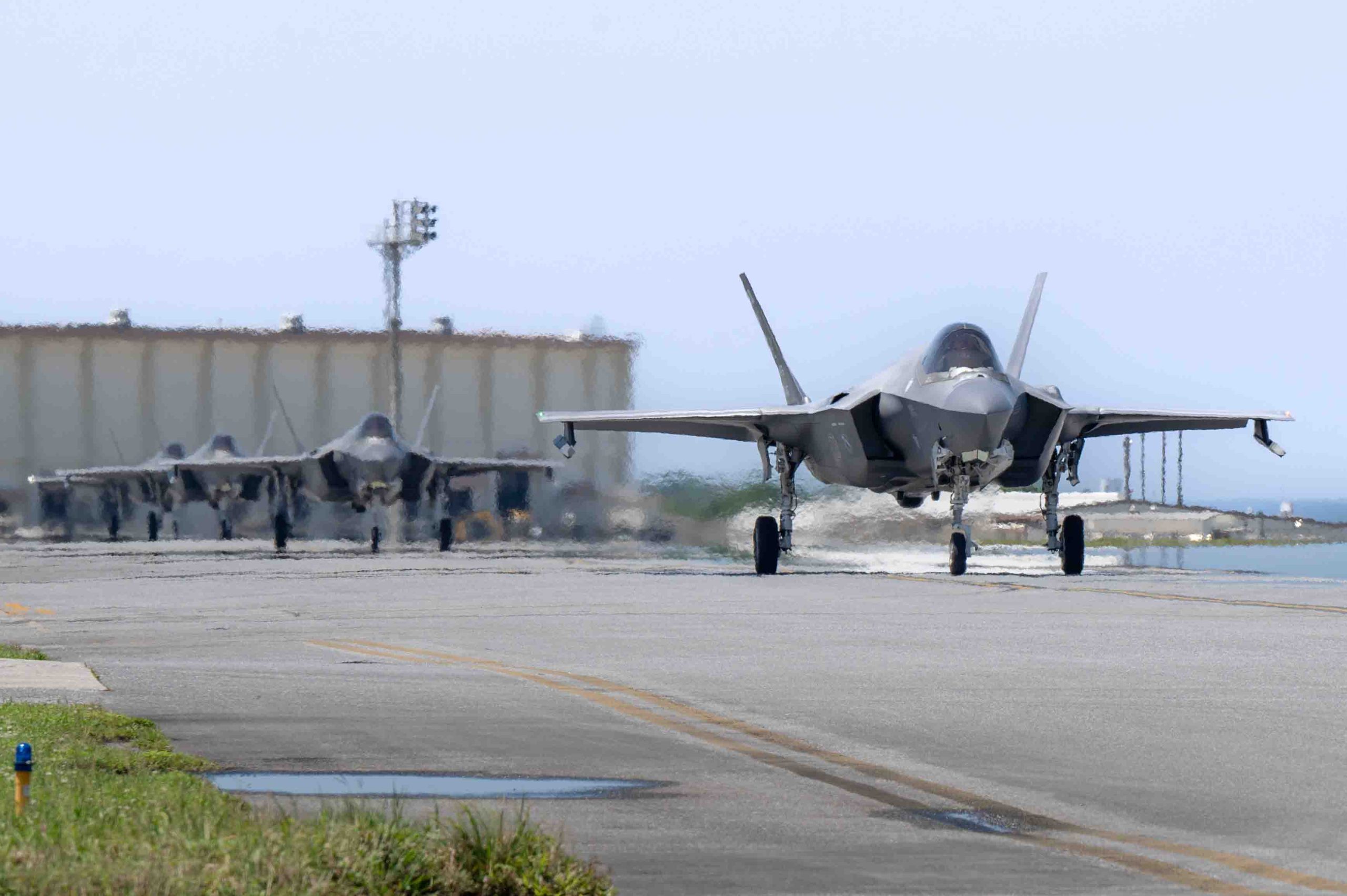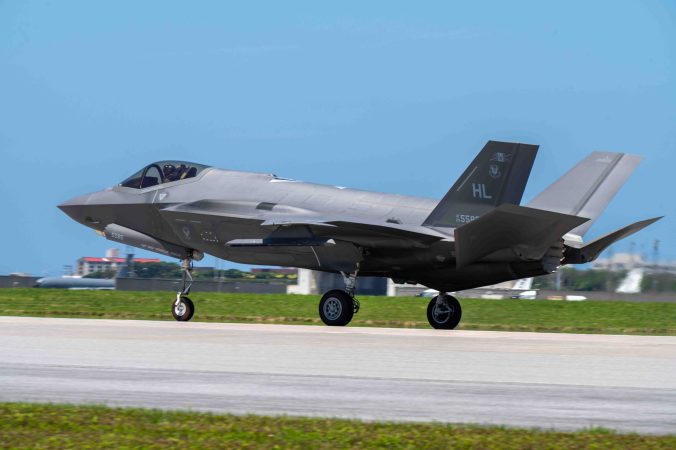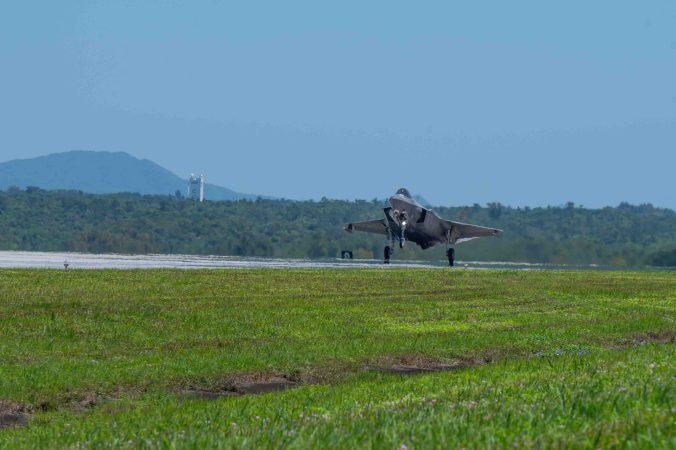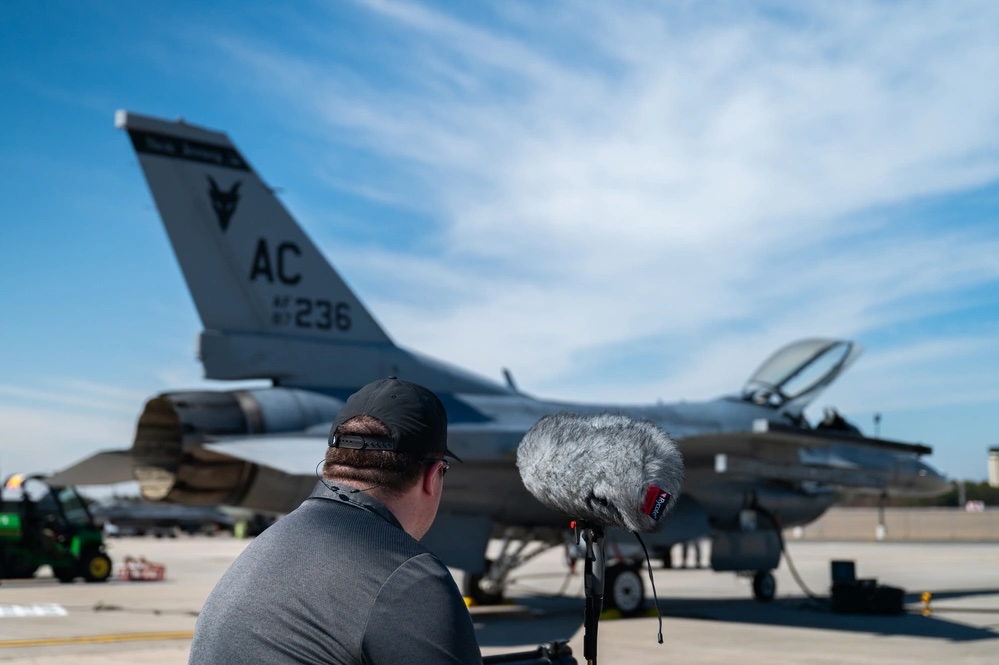Within the $150 billion reconciliation package unveiled by top lawmakers this weekend, Air Force and Navy aviation accounts would receive $7.2 billion.
Those funds would go to everything from accelerated work on advanced stealth fighters and Collaborative Combat Aircraft drones to buying more F-15EX fighters, electronic warfare jets, and tactical airlifters; from connectivity improvements for the mobility fleet to funds to keep operating older F-22 and F-15E fighters the Air Force has asked to retire.
Yet the F-35, the Pentagon’s current premier fighter program, received no increase.
The reconciliation package is effectively a supplement to the fiscal 2025 budget, separate from the usual appropriations process and the upcoming 2026 defense budget request. Any elements of the reconciliation bill that conflict with the Fiscal Responsibility Act take precedence.
House Armed Services Committee chair Rep. Mike Rogers (R-Ala.) and his counterpart Sen. Roger Wicker (R-Miss.) are touting the spending package as a “generational investment in our national defense.”
For aviation in particular, the plan would inject extra dollars into a wide-ranging set of projects.
Fighters
The F-15EX, Boeing’s new-production version of the F-15, was the biggest winner of the congressional package, with $3.15 billion going to increase the fleet size from the 98 aircraft the Air Force proposed in the fiscal 2024 budget. Depending on what’s included, those monies could fund more than an additional F-15EX squadron, bringing the F-15EX fleet up to about 125 airplanes.
Another major add was $400 million to “accelerate” the Air Force’s new F-47 Next Generation Air Dominance fighter, the contract for which was awarded to Boeing in March. The Navy’s counterpart program, the F/A-XX, would receive even more with $500 million, even though the winning contractor for the program still has not been announced. Boeing and Northrop Grumman are the finalists.
The package also includes some $488 million to help the Air Force keep operating fighters that Congress refuses to let them retire—$127.5 million to continue operating 14 F-15Es, and $361.2 million to keep flying 32 of its oldest and least-improved F-22s.
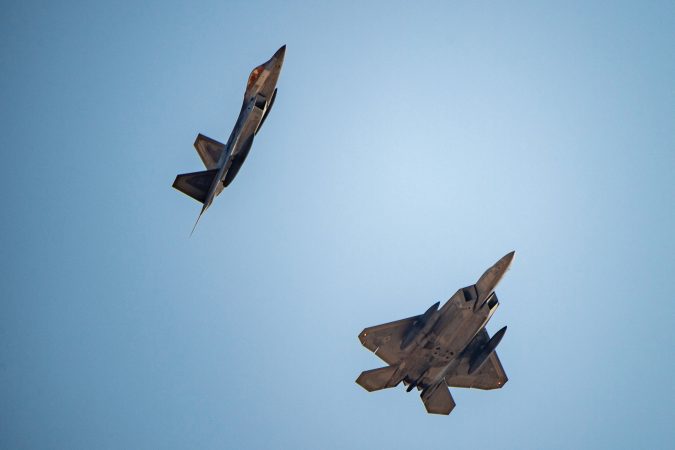
The CCA program—the Air Force’s major push to build semi-autonomous drones that fly alongside manned fighters—would see a boost of $678 million.
The Air Force could be poised to get more of its new electronic warfare/electronic attack jet, the EA-37B Compass Call, with an add of $474 million. The service has a requirement for between 12 and 20 of the systemst, built by L3Harris and BAE Systems on a converted Gulfstream G550, but it trimmed the program to 10 due to budget constraints. The Air Force was potentially going to put more EA-37Bs on its Unfunded Priorities List for 2026.
The Lockheed-built F-16 fleet would also get $50 million for an electronic warfare upgrade.
Mobility Fleet
An Air Force goal of equipping its mobility aircraft as “internet providers in the sky” for allied forces would get a significant boost under the deal, which provides $116 million to add connectivity upgrades to the C-17 fleet and $84 million in similar gear for the KC-135 tanker fleet.
Congress is clearly not ready to stop buying C-130J tactical airlifters for National Guard units, and added $440 million to keep production going.
Lawmakers also provided $100 million to “accelerate” the Boeing MQ-25 carrier-based autonomous tanking aircraft program and $160 million to accelerate improvements to the Bell-Boeing V-22 fleet’s engine nacelles, which have been faulted in a series of accidents with the tiltrotor transport.
Secret Air Force aviation programs would get $300 million under the reconciliation, while the Navy would get a $230 million boost for its classified aviation efforts.
No F-35
The conspicuous absence of any adds—or even reference—to the F-35 in the reconciliation is “very, very worrisome,” said Mark Gunzinger, director of future concepts and capability assessments at AFA’s Mitchell Institute for Aerospace Studies.
The F-15EX “is a great aircraft,” Gunzinger said, able to carry hypersonic missiles externally and other air-to-ground weapons needed to close long-range kill chains.
“Great. We need that capacity. Buy them as fast as we can,” he said. “But neglecting the F-35 does not make sense, given that what is now rolling off the line” has the Tech Refresh 3 upgrade to its processors, and “the software is almost there as well. So, pushing F-35 buys to the right or decrementing doesn’t make sense, given the requirement. They are in production, they’re what we can buy now to enhance deterrence, to create a much more capable force.”
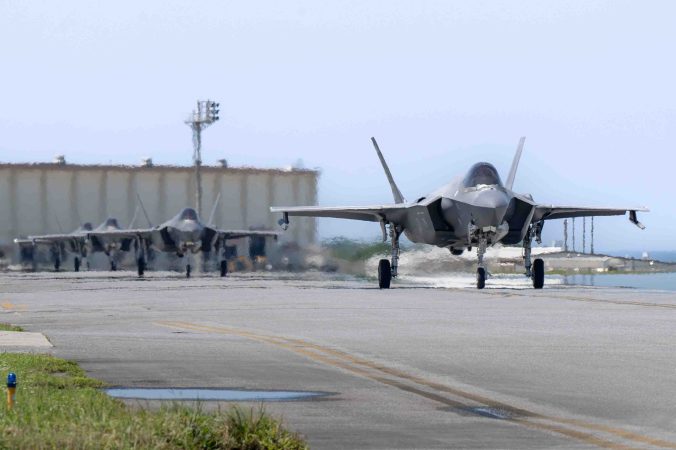
Todd Harrison of the American Enterprise Institute said the F-35’s absence from the package speaks volumes about the how members of Congress feel about the fighter.
“If you step back and think about it, it’s the largest acquisition program in DOD. Congress gets an extra $150 billion, and they don’t put any of it towards that program? That says something about the sentiment around the F-35,” he said.
A former Air Force official said there is “widespread frustration” with the F-35 for its litany of challenges, ranging from sustainment costs to testing delays, and a “general lack of awareness of just how bad the decline in the size of the Air Force really is.” Meanwhile, he said, the reconciliation bill includes a huge boost to shipbuilding, a result of the Navy having been “much more vocal” about “the plight of shipbuilding” than the Air Force has about “the plight of its force structure.”
